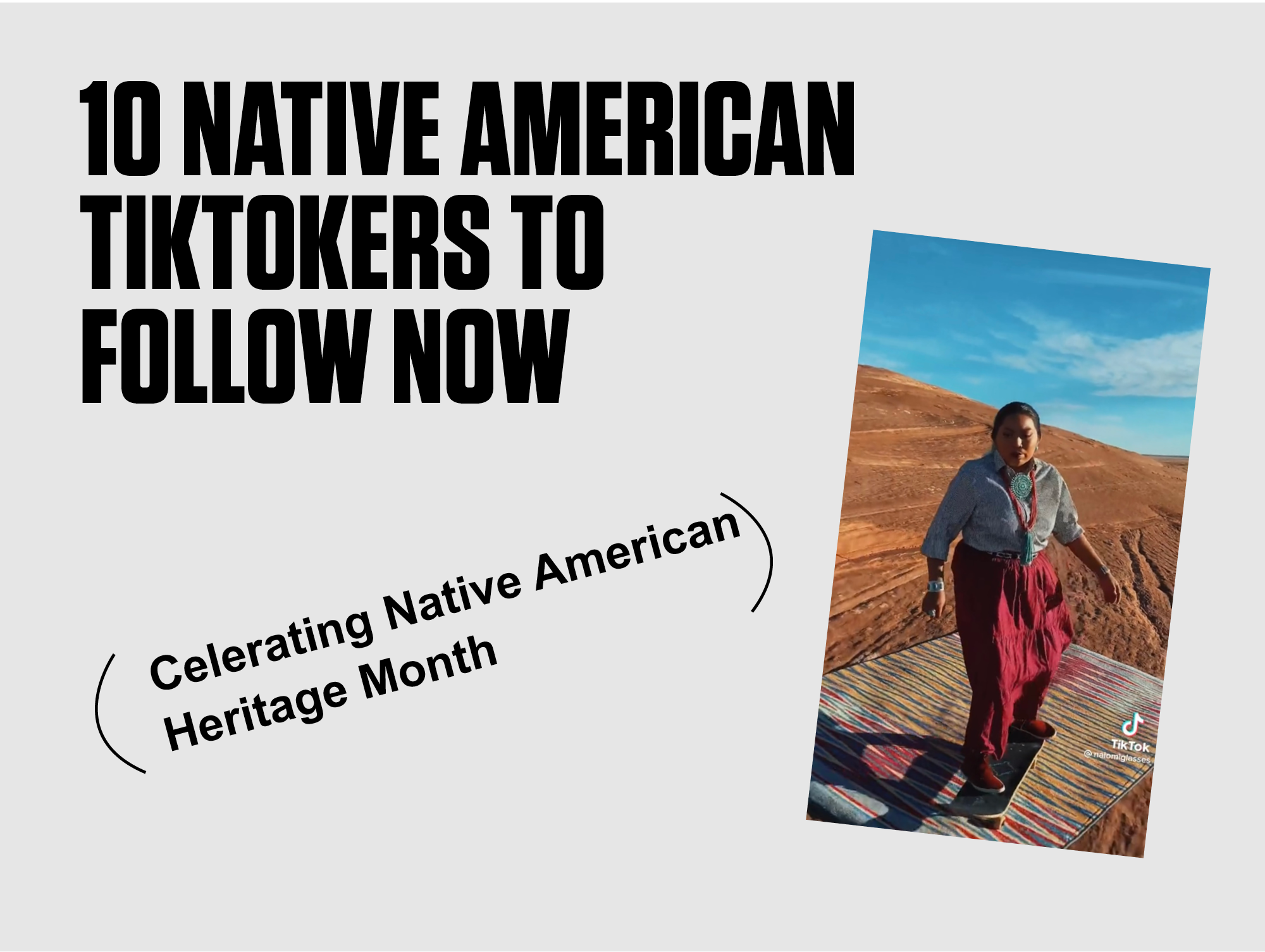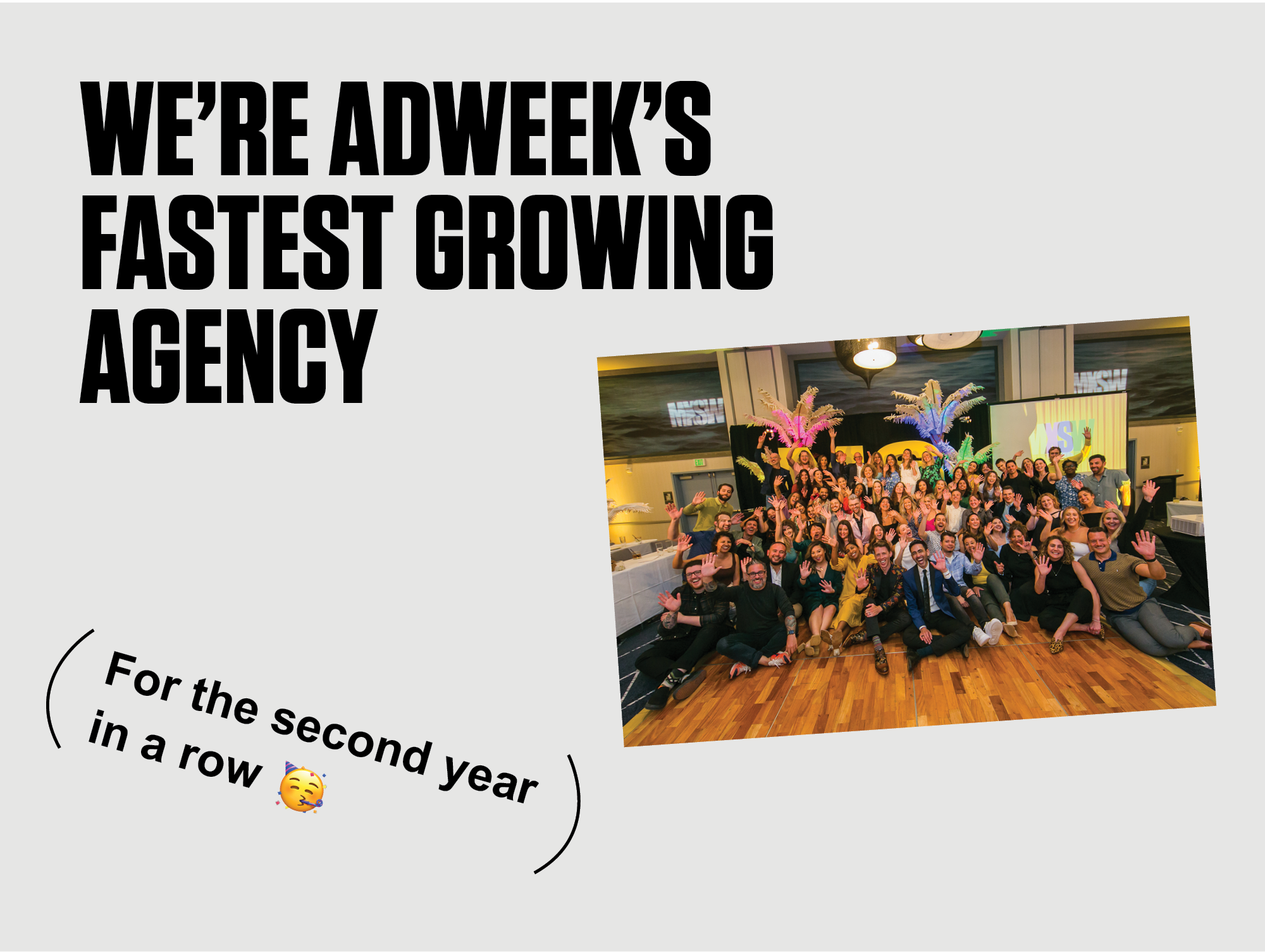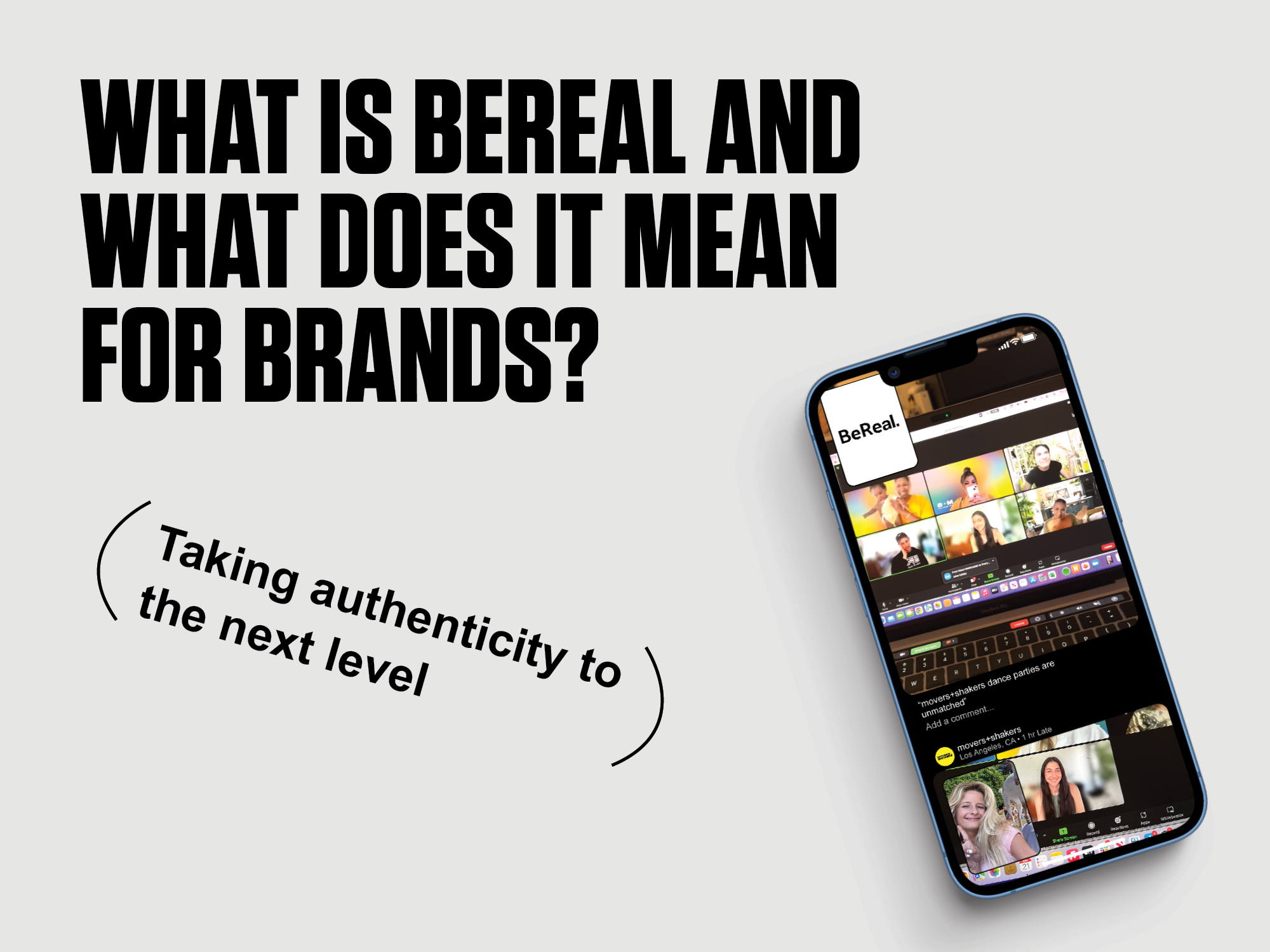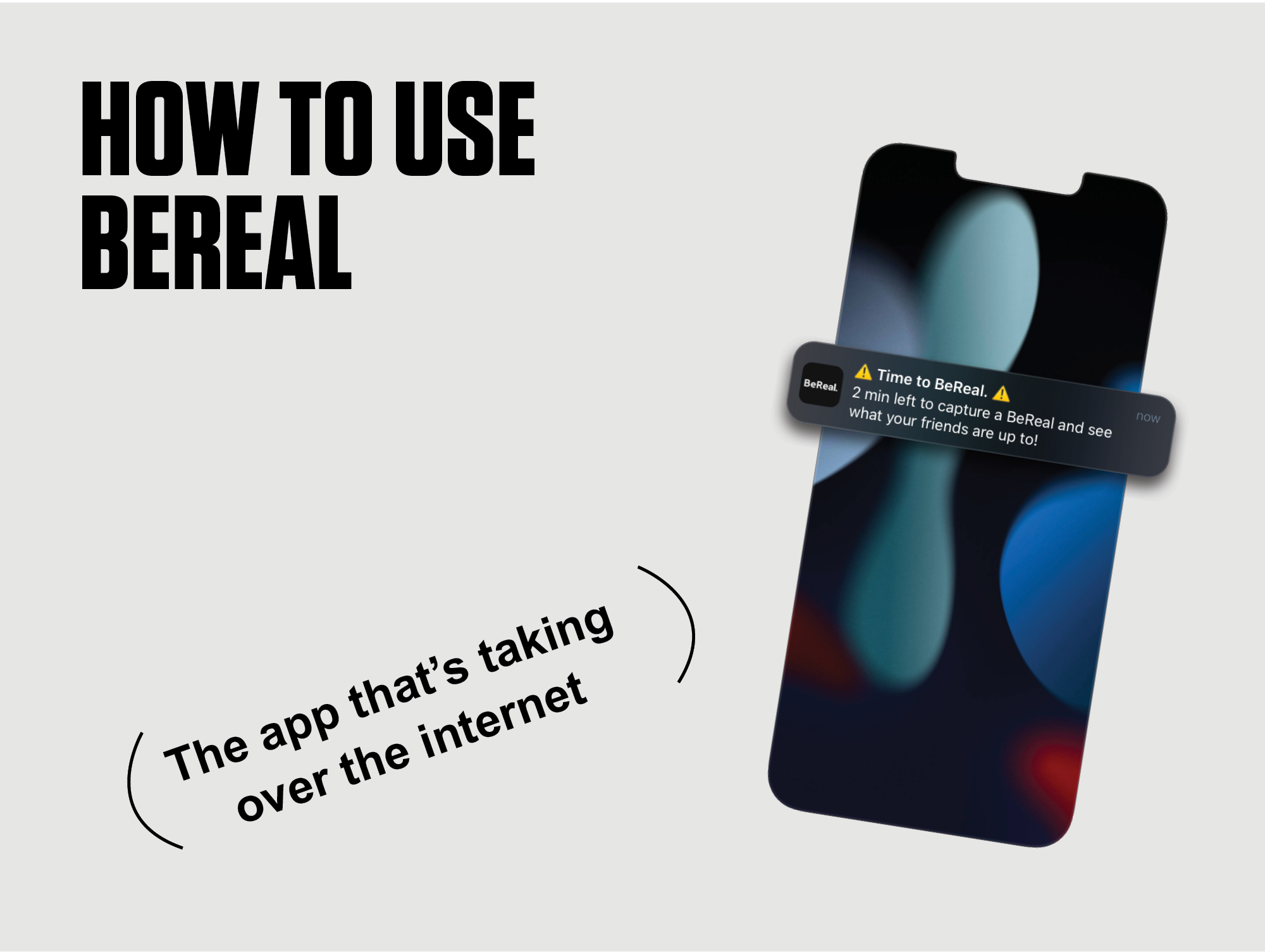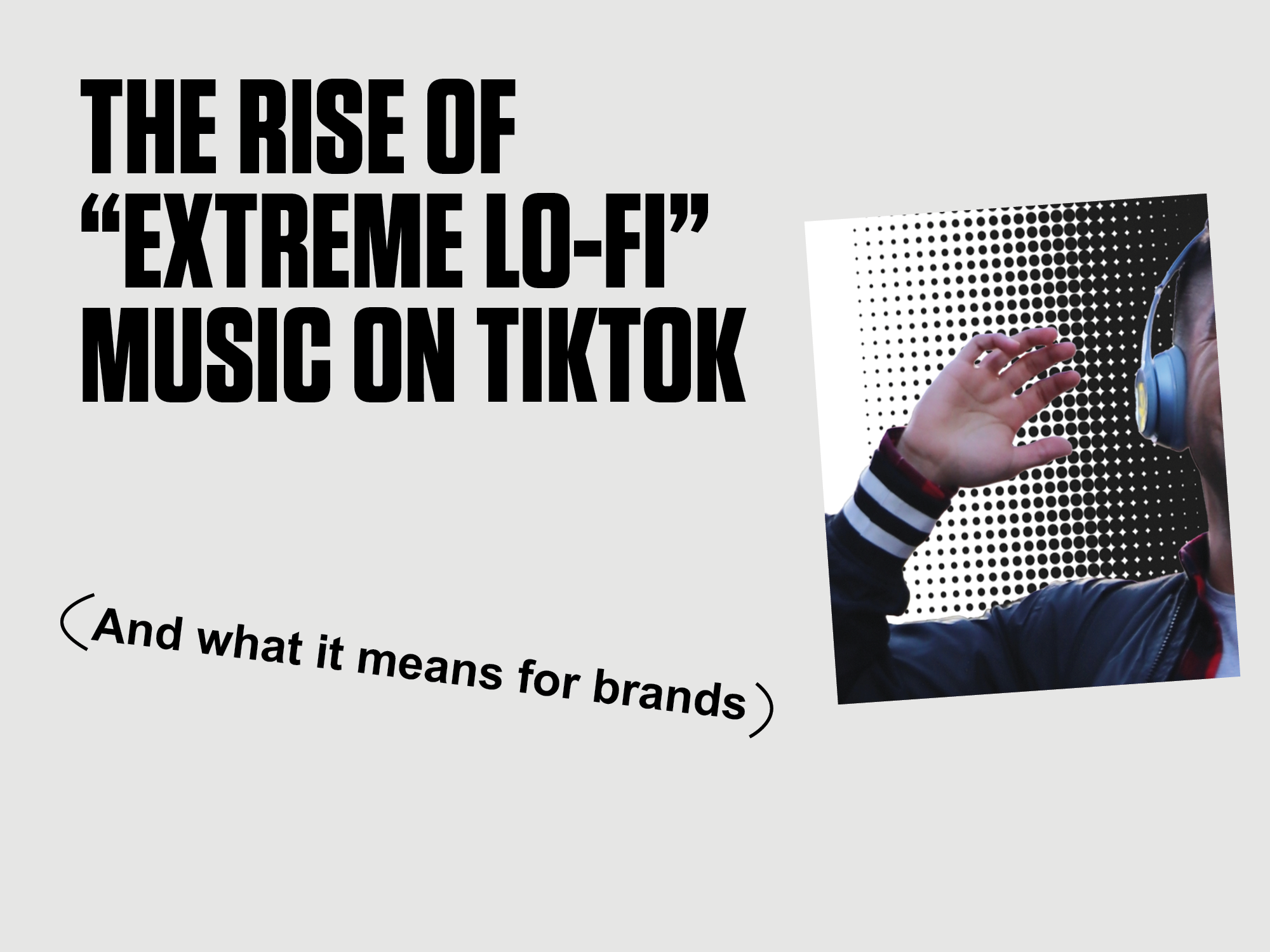The Rise of "Extreme Lo-Fi" Music on TikTok
It may seem odd that, while Spotify and Tidal are investing in premium-quality “HiFi” streaming, intentionally flawed “LoFi” music is also on the rise. 🤔
“Lofi” music, a type of recording that contains technical flaws and limited frequency response, has seen a stark increase in popularity over the past few years. Take “lofi hip hop radio” for example - the popular Youtube stream has tens of thousands of viewers at any given time, amassing more than 7.5M likes over the last two years. Among all of its flaws, it gives listeners a new sonic experience to explore (which is excitinggg!).
TikTokers are taking this idea of “poor-quality” music to the next level by rendering popular songs into ear-shattering Lo-Fi remixes that almost immediately capture your attention. Although TikTok is known for launching songs to the top of the charts, one of the most interesting subsets of TikTok’s music catalog is this loud and uncomfortable musical culture made possible not by A-list talent, but by the TikTok community itself (see here for an example - this sound has been used in more than 11K videos). For the sake of this blog, we’ll call this style of music “Extreme Lo-Fi.”
Extreme Lo-Fi is startling, aggressive, and attention-grabbing. It’s a cacophony of sounds that will leave you thinking “Are my headphones going to break from listening to this?” Think of the recent “Material Girl” craze; the trend started with the original “Material Girl” audio, but TikTok did what TikTok does best and transformed the silly audio into something even sillier (which has been used in more than 610K videos). TikTokers rarely take themselves seriously, and Extreme Lo-Fi is the writing on the wall. This just goes to show that the top songs on TikTok aren’t always the ones that are pristinely produced and mixed.
So, what does this mean for your brand?
When producing your own original music for TikTok, or selecting music from the library, remember that sometimes the least “professional” sounding audios are the ones that may resonate best with the audience. Sound examples like this and this have amassed thousands of uses on the app (288K videos and 31K videos, respectively) and we can only expect the total number of videos that leverage these audios to rise with time. They’re authentic and comical plays that speak the language of TikTok. And as marketers, that’s the most important thing we can do - speak to TikTok how they’d like to be spoken to!



